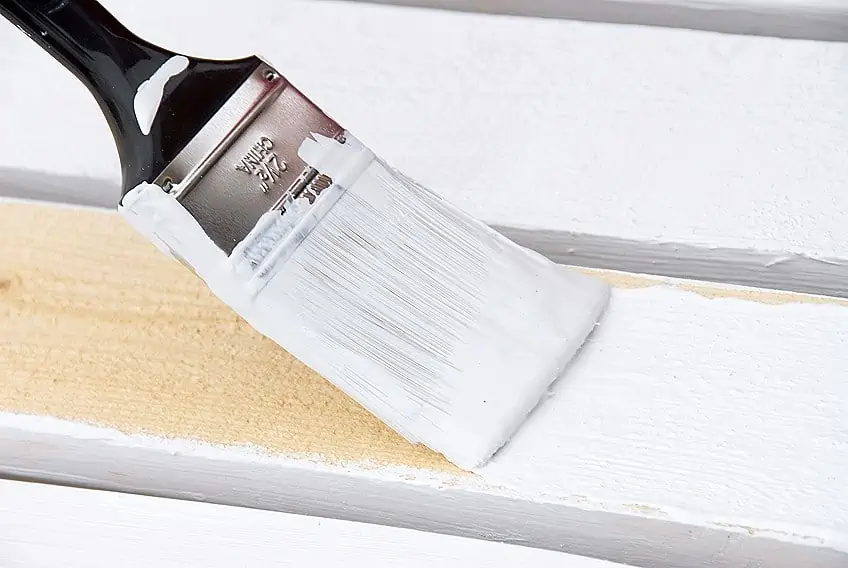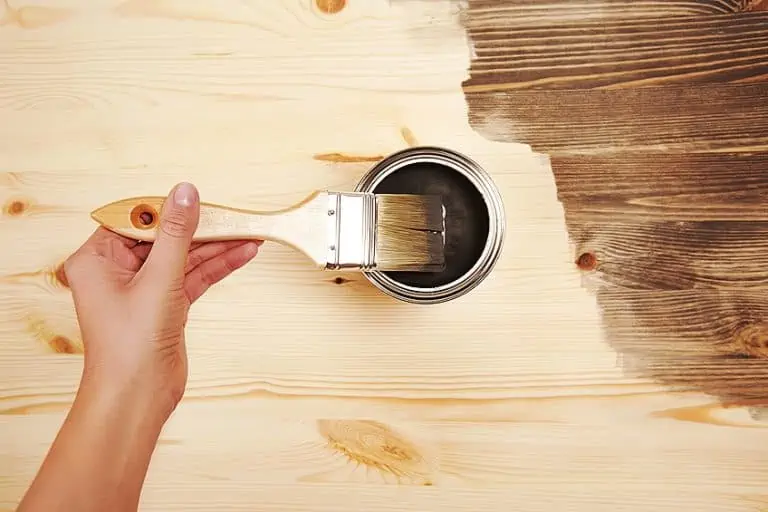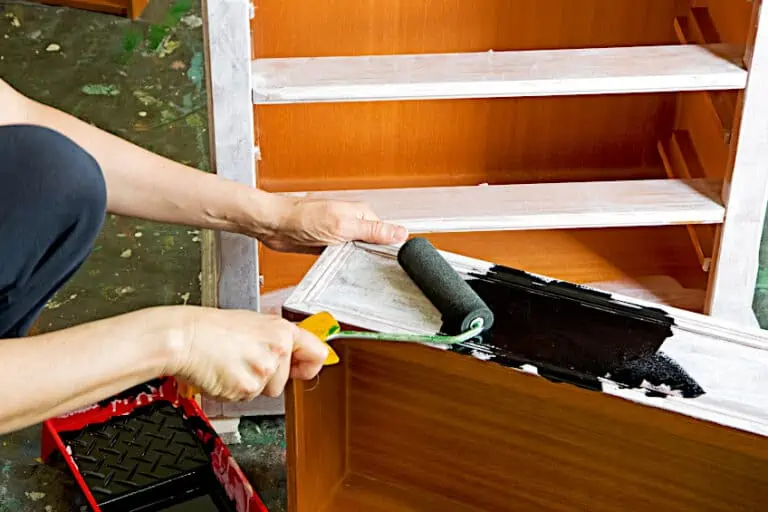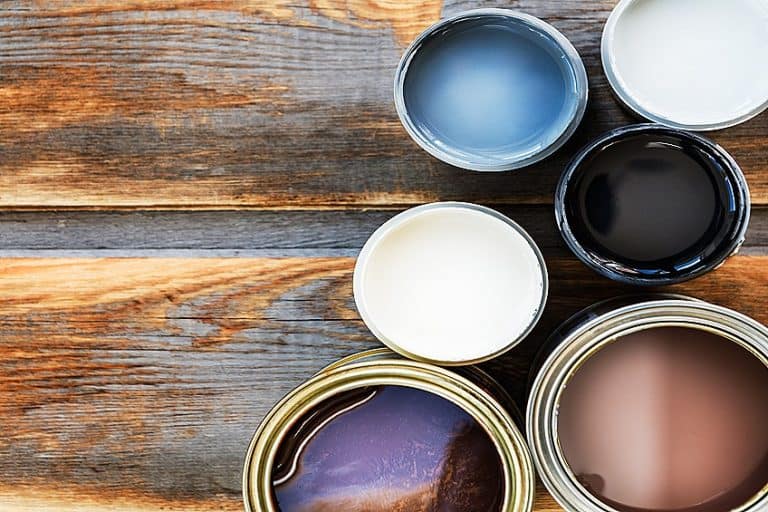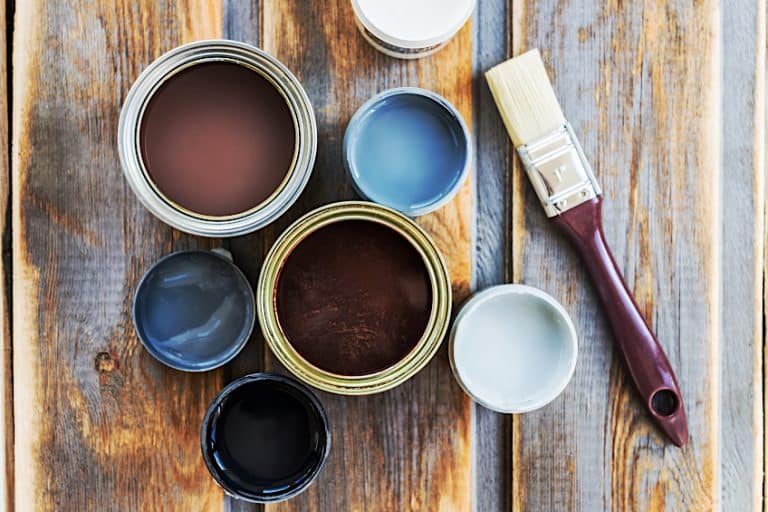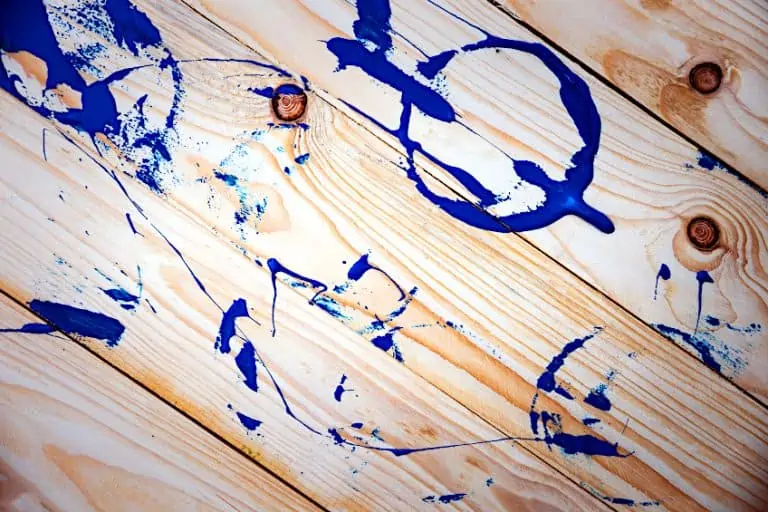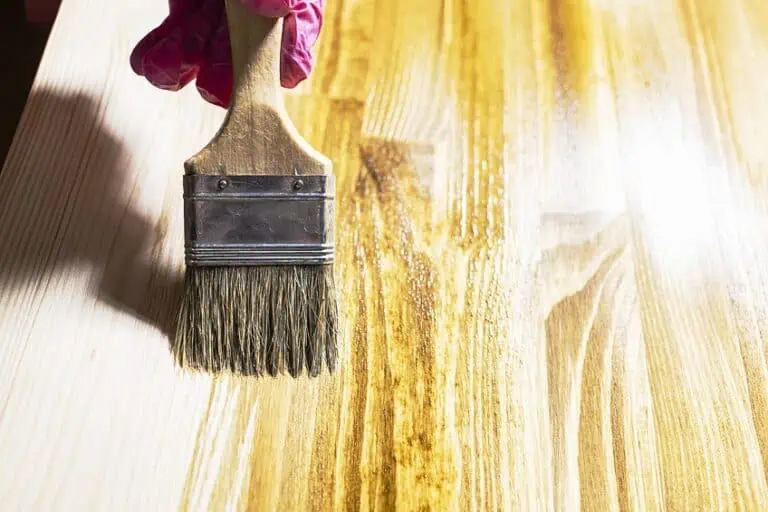Latex Paint Over Oil-Based Primer – Using Latex Paint Over Oil Primer
If it is your first time hearing about latex, note that latex simply means vinyl styrene or that it is a water-based acrylic paint type. The reason this type of paint is labeled “latex paints” is because they contain chains of artificial polymers which mimic the behavior of natural latex. You may have been familiar with latex paints all along but you probably called it acrylic paint. Of recent, many handymen have asked, “Can you paint latex over oil-based primer?” The answer is yes! If you want the best finish, this guide is for you! We will assist by describing the process of applying latex paint over oil-based primer.
Table of Contents
How to Use Latex Paint Over Oil-Based Primer
It is possible to apply latex or oil-based paint over a surface that has been coated with an oil primer. The only exception to this effortless process occurs when the surface on which you are applying latex paint has not been cured properly. In this case, the finish may not be attractive at all. Generally, an oil-based paint will not contain any VOC’s, the presence of which can cause an upset to the additional latex paint that is painted over the oil-based primer.
With all water-based paints, water is the key ingredient, whilst the main feature of oil-based paints is oil. The difference between water-based and oil-based paints is that oil-based paints are rather strong in smell, although the smell tends to wear away after about 24 hours. The oil from the oil-based paint dries up completely once the surface is cured, so there is no oil visible at all that may create an oil-stained appearance on the painted surface.
Prior preparation of the surface that you are working on is vital. Shiny surfaces do not look attractive when a second paint layer has been applied to them. If you intend to paint a glossy surface, you must clean, sand, and indulge in further cleaning first.
A damp cloth is ideal to clean the area you are working on. Preparing the surface for the application of primer is always an essential step before you actually apply primer. It is always a recommendation to start with primer, but it serves to be an essential first step for this particular type of project. The more layers of paint you have, the more necessary it becomes to scrape off the initial layers of paint prior to applying more paint.
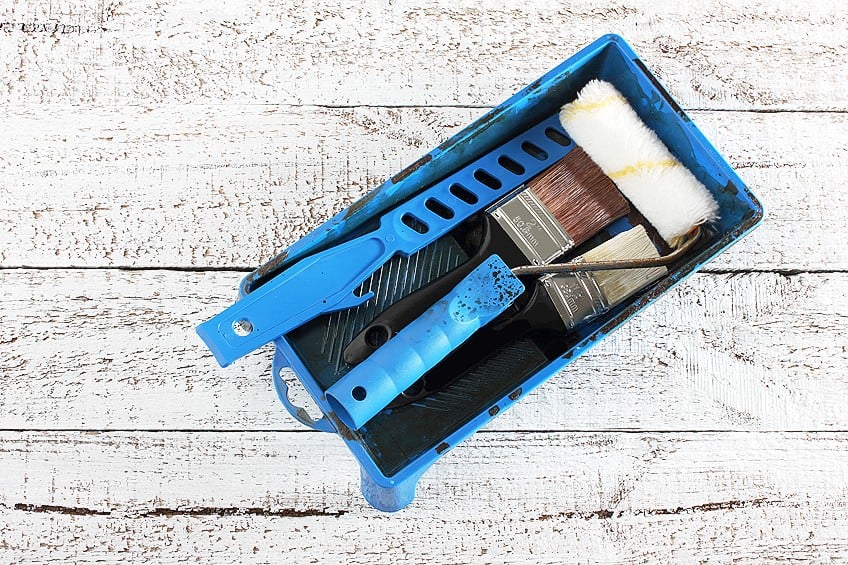
Defining Latex Paints
When we define latex paints, we see it initially as being a product made from rubber in various forms. The resin component is actually made from the rubber contained in the paint. As these paints are made to stand unused for a while, the rubbery component gets replaced by water-soluble bases that actually make them suitable for many painting jobs. It is desirable to use these latex paints for painting kitchen tables, walls, cabinets, ceilings, and so forth.
Looking carefully at acrylic paints, there are three variations:
- 100% acrylic paint
- Alkyd-modified latex
- Vinyl-acrylic
From all the options, the 100% acrylic latex is notably the best type of paint as it sticks well to the surface whilst maintaining a nice color. Of the three enlisted options, the cheapest paint is the vinyl-acrylic. It is also an option for painting walls in the interior of the house. The alkyd-modified latex can be applied to exterior walls.
Understanding an Oil-based Latex Primer
To ensure an ideally painted finished surface, a primer needs to be applied. Applying a primer and a paint finish is the perfect combination, as it promotes adhesion so as to ensure a neat, smoothly finished painted surface. The primer is a product that ensures the finish sticks to the painted surface without causing any flakiness of the topcoat. Oil-based primer latex paint is one of the best types of primers, and is often recommended because of the longevity of their existence. Woodworkers are adamant that oil-based primers gain the most attention particularly because they look perfect on interior and exterior surfaces. The only rule that you need to adhere to when applying the oil-based primer option is ensuring the surface is clean and free from any finish.
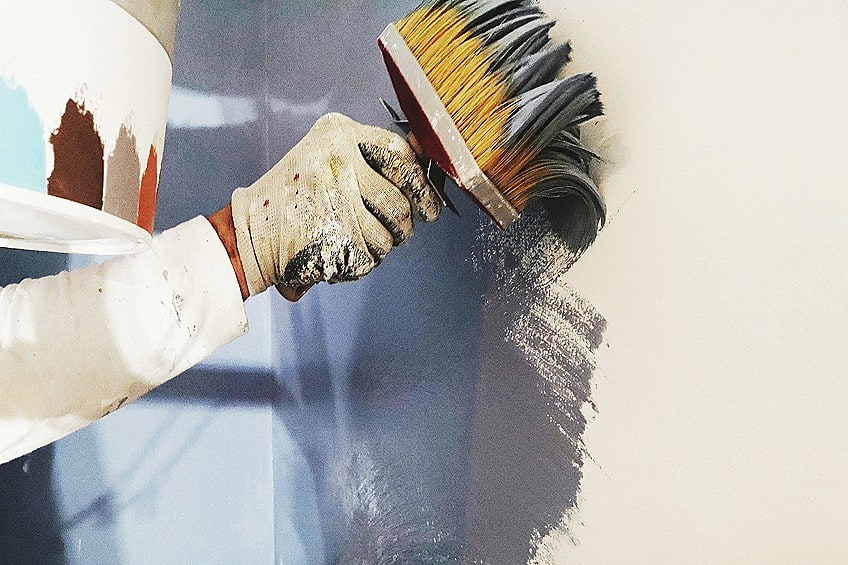
The Process of Painting Over Oil-based Primer
When you are asking yourself if you can use latex paint over oil-based primer, the main concern is that it is actually a pre-primed surface that you are working with. The oil-based primed undercoat is only a worry due to its already glossy appearance. The fact that the base coat is oil-based should not bother you as much as the shiny undertone should.
Irrespective of how similar in appearance, finish, and texture, the new coat of paint is, you will not achieve the same adhesion. Therefore, the easiest way to accomplish this task is by preparing the surface first. The actual preparation of the pre-primed surface makes for an easy paint job thereafter.
Scuffing of the Surface to Get Rid of Shine
To scuff a surface, always choose fine-grit sandpaper. Using sandpaper on the surface will allow the new coat of paint to stick properly to the surface being prepared. Try to scuff out most of the initial shine. The main aspect of the oil-based primer that you want to scuff off is the glossiness. The chance of achieving a great paint finish if you paint over a glossy surface is very rare. Get rid of paint peels by using a five-in-one or a putty knife. You can rectify any holes either with wood filler or putty.
Do Away with Debris by Damp Cleaning
A build-up of dust and dirt is an absolute no-go. The paint will not stick well on any surface that is both dirty and dusty. You have to start painting on a completely dust-free surface, so make sure that you clean the surface well. Use a damp cloth to rid the surface of dirt, although you should note that you will have to allow extra time for the surface to dry completely before you paint. TSP is a product that dissolves effortlessly in hot water and would help the cleaning process. This product is not at all expensive and is also readily available from most hardware stores. Once you have finished cleaning the surface with TSP, you must let the surface dry properly before you continue with the painting.
Use a Tack Cloth for Drying
Once the surface is completely dry, wipe it down with a tack cloth. You must be wondering what a tack cloth is. Tack cloth is made from cheesecloth that has beeswax built in it. It is a cost-effective product and, because of its sticky texture, is ideal for picking up dust specks. The rule when using a tack cloth is not to rub too hard as this may cause the beeswax from the cloth to adhere to the surface which then would have to be removed as well before painting.
The Paint Job
Once your surface is perfectly clean and completely dry you can go ahead and do the painting work. Be sure to use a good quality paintbrush, as this will ensure perfect workmanship. An important tip here is to know exactly how deep to dip the paintbrush in the paint can so that your paintbrush is not loaded with paint. Only the ends of the bristles should be delicately dipped into the paint. Paint by using slow, even strokes whilst still maintaining a wet edge. Wait 48 hours before you add on another layer of paint.

Which Surfaces are Painted with Oil Primer Latex Paints?
At the end of 2005, most oil-based paints had become obsolete or had been phased out. That meant that people had to conform to using newer paints on the market. Since latex made its appearance, the big question on people’s lips was, “Can I use latex paints over oil-based primer?”
Much of this confusion arose as many old houses in the U.S. had been painted with an oil-based paint. This is because latex paint only made its appearance after the 1940s. Some of the newer houses might also have been painted with oil-based paints as the U.S. government had not banned it completely. There are still oil-based paints available on the market, albeit in smaller paint cans. Many professional painters will express their love for oil-based paints over the newer latex paints due to the better, smoother, and more solid end-result.
However, it is not easy to state whether the painted surfaces in your house are oil-based or not. In fact, it would be quite difficult to ascertain or identify if it is an oil primer latex paint because, with the passing of time, the smell and feel of the paint disappear.
Oil-based paint is regarded as a self-leveling paint. Once you paint the first stroke, the paint levels flatten, thus ensuring you get no brush marks, bubbles, or even holes on the painted surface. Door frames and windowsills that have been painted with an oil-based paint could become something you will marvel at.
Articles that require long-lasting and smooth coatings as well as an oil-based paint finish would include:
- Shelves,
- Baseboards,
- Fire mantels,
- Kitchen cabinets,
- Door casings,
- Crown moldings,
- And window trims.
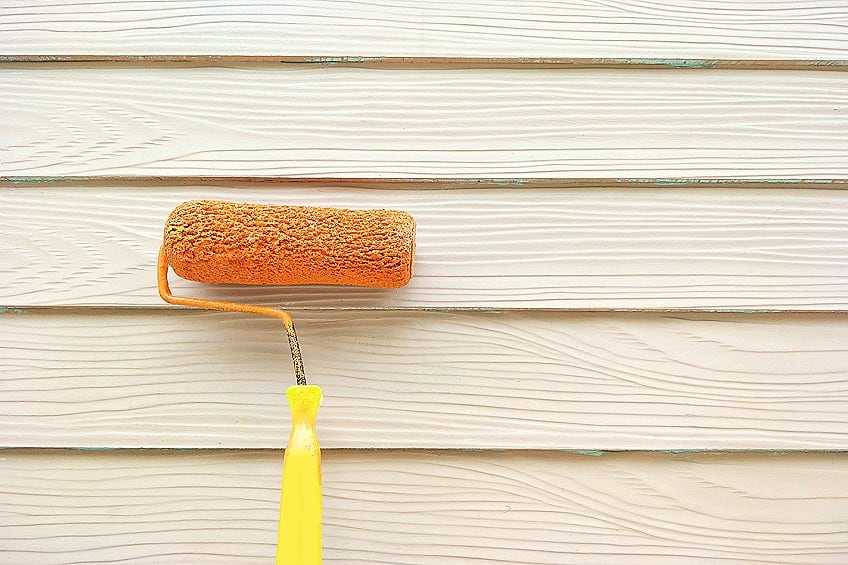
Primer Types
Primers are categorized by their main components. Although primers are compounds made from different substances like water, oil, and shellac, they all act as the first step for an excellent painting job. For painting, the most commonly used primers are:
Latex Primers
Latex primers are the best options for you if you are looking to ready your drywalls for any painting projects.
This type of primers dries very quickly. It would take 3-4 hours to dry, whereas an oil-based primer would take much longer. Latex primers are also less brittle and work well on surfaces like pinewood, which is often much more difficult to paint. Surfaces such as concrete, brick, and galvanized metals are some of the surfaces on which latex primers do a wonderful job.
Although latex primers are good at blocking stains caused by marker pens, crayons, and smoke, they are not as effective as the oil-based or shellac primers, which do a far more effective job of hiding these stains. Latex primers are water-soluble, meaning that they have very low levels of or no volatile organic compounds (VOCs) at all, thus making them well-suited for the environment. Cleaning latex primer surfaces is very easy and economical as you would only need soap and water to do the job. We suggest that you use acrylic primers when working with wood, as it has a tendency to become damp. Above all, latex primers do not flake or peel easily, nor do they get yellow over time. Best of all, these primers are much cheaper than other types of primers.
Oil-Based Primers
We know oil-based primers as the friendly primer. It can be applied as a base coating underneath both oil and latex paint. It has become a favorite with most carpenters and woodworkers. It is also very versatile as it can be used on any interior and exterior surfaces. Oil-based primers are perfect to use on bare wood as they seal the porous surfaces very easily. Oil-based primers prevent redwood and cedarwood types from releasing harmful tannins into the environment.
Oil-based primers are good at blocking nicotine, ink, and water stains. They are exceptionally good at preventing the peeling and cracking of wooden surfaces.
On the downside, these primers take much longer to dry to the touch. It could take up as much as 24 hours to dry, and could end up releasing highly volatile organic compounds (VOCs) into the air. The VOCs emitted can be harmful to humans, animals, and plants. As such, the primer could contribute to polluting the environment, which in turn could lead to health issues due to prolonged exposure. You will acquire a smooth and highly durable finish with oil-based primers, but the maintenance is not very easy, as you will need thinners and solvents to clean these surfaces.
Shellac Primers
The shellac primers have stood the test of time. They can be used to cover up stains caused by rust and smoke damage. Watermarks can also be masked with shellac primers. Shellac primers, like water-based primers, are excellent for sealing wood. Once wood is sealed, it won’t bleed. Shellac primers are elastic compounds and can be used on plastic. Shellac primers dry within an hour, thus making them the best choice of primer for most projects that need to be completed very quickly. You will require the use of denatured alcohol for cleaning these surfaces.
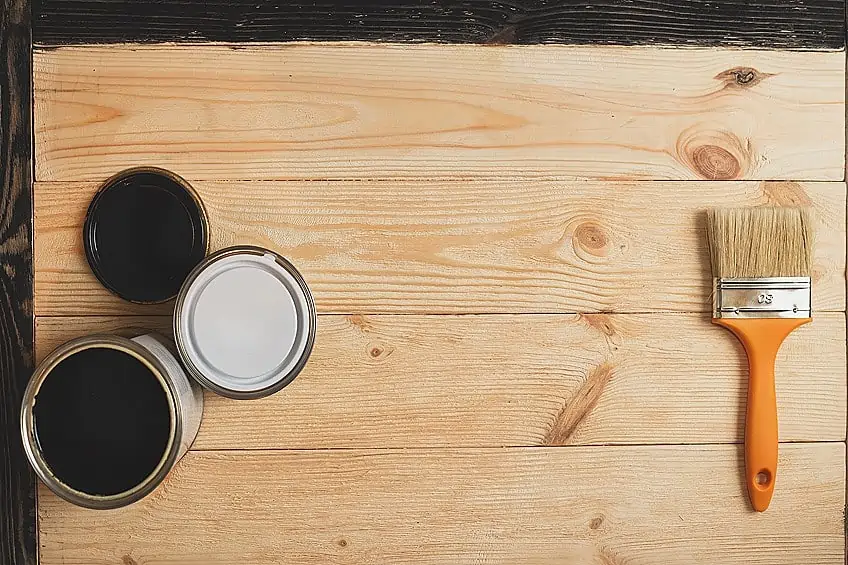
Always Take Care
As with all painting projects, you have to take care. Primers and paints give off fumes that can be harmful if you are exposed to them for a longer length of time. Cross-ventilation during the priming and painting process is necessary. Ensure that you open windows or utilize fans to circulate the air around your workspace.
Prime first, especially when concealing a darker shade of paint with a subtler shade. Semi-gloss and eggshell paints would require a coating of primer as they tend to absorb color unevenly. Primer is meant to be used on flat walls and works best for walls with minimal dents and holes. As for walls with enlarged regions of patching plaster, you would have to use True Value Easy Care Ultra Premium Interior Primer/Sealer.
So, can you paint latex over oil primer? Yes, you can!

I have been into woodworking since 2005 and woodturning since 2011. Because of my love for wood and woodworking, I started woodhappen.com to teach other enthusiasts about how to finish and seal wood, the best woodworking tools, the different types of wood, and everything else related to woodworking! Read more about me here.

